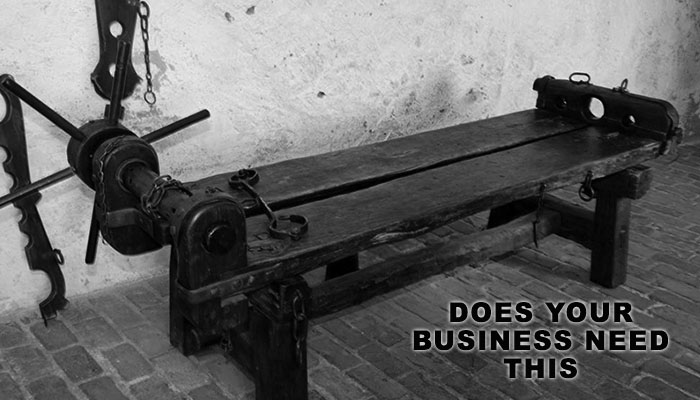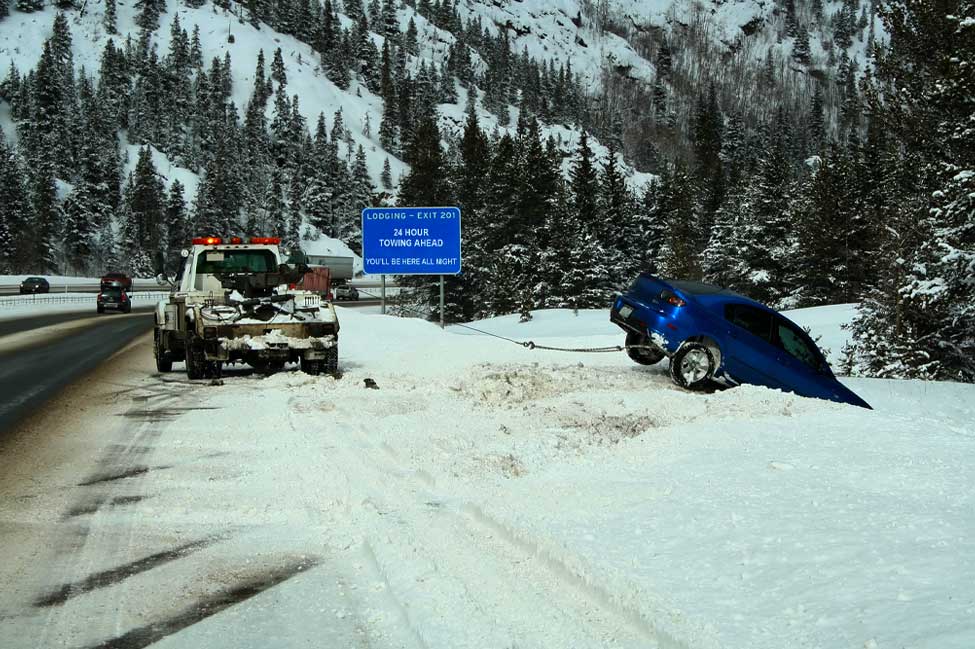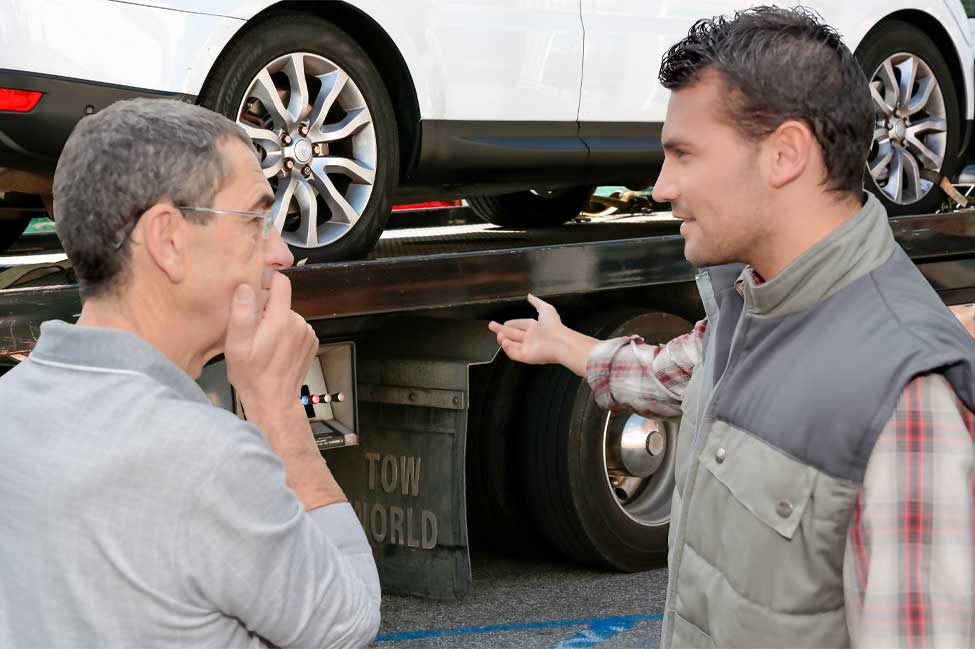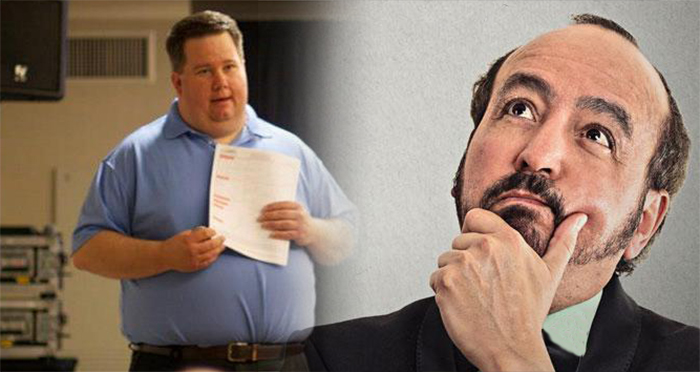By now you must have heard about GPS tracking and how it can benefit your business, but did you know that there’s such a thing as a “Driver Behavior Modification System”? Sounds intriguing doesn’t it? Well Dennis P. Druhe of Mobile Tracking and Consulting Services has such a thing. And, no…it’s not a re-purposed medieval torture device.
In his article “Out of Sight – Out of Mind” Dennis describes this curiosity and discusses the differences between your run of the mill GPS tracking system and his system. He explains that most GPS tracking systems can monitor excessive speeds, fuel consumption, and when a driver strays outside a given area. These systems are usually mounted under the dashboard or somewhere out of site of the driver. Druhe’s system however mounts below the rear view mirror and is fully visible at all times. It records audio and video, date and time of any incidents- like hard starts and stops, and accidents. But what’s most interesting is the claim that his product is more effective than those other systems due to what’s called the Hawthorne Effect.
The Hawthorne effect
The Hawthorne effect is the result of a series of experiments conducted in the 1920’s and 30’s on factory workers near Chicago. In an effort to motivate workers to higher productivity levels, researchers experimented with increasing the amount of light provided in the work area. This proved promising, as productivity increased…that is until the researchers were done researching.
Once the experiment was concluded, it was determined that YES, increased light did improve productivity. But shortly after the researchers left the factory, the workers went back to their previous levels of productivity. It took years before it was understood that it wasn’t the increased lighting that brought about the improvements, it was the attention given the workers during the study.
Druhe makes a pretty substantial argument…And it stands to reason…when a driver knows his every move is being captured, and he’s reminded of it daily, he’s much more attentive and less likely to engage in road rage or other risky behavior.
Let’s Say Your Impressed
Who wouldn’t be? It is quite impressive, combining new technology with old psychology to create a tool that can reduce accidents and damage claims. But what do you do if you don’t want to shell out the cash to put a Driver Behavior Modification System in every truck? You want to benefit from your new-found knowledge of the Hawthorne Effect but just don’t have the cash…
I have a few suggestions that can help produce similar results…But it’s not as easy as writing a check.
First Create a Policies and Procedural Manual
A Policies and Procedural Manual should spell out exactly what will happen, when, how, and why…When certain events occur.
Example: A ‘Driver Involved’ Accident.
- What exactly should the driver do, following the accident?
- Who should the driver report to?
- When should the driver report?
- Why allowing access to phone records is required.
- When to take a drug test.
- How is fault or the degree of culpability to be determined?
- What are the consequences once fault is determined?
A. First incident
B. Second incident…And so on.
2. Have Frequent Meetings
Once a Policies and Procedural Manual is in place, have monthly or quarterly meetings to discuss the topics of the Policies and Procedural Manual. You want to keep it topical so drivers are constantly reminded of what should be important to all. In between meetings put up posters with topics from the Policies and Procedural Manual, so they don’t forget.
Have All Employees, Managers and Owners Sign-Off
Have everyone in your company attest to the knowledge of the policies in the Policies and Procedural Manual by signing and dating a document that states that they understand and will abide by them. And each time a policy is updated you must again gather signatures and keep both old and new versions on file.
Between Meetings Conduct Tests or Quizzes
So that everyone understands what’s expected of them and so that it’s constantly reinforced, test employees on the contents of the Policies and Procedural Manual.
Reward Positive Outcomes
You’re always looking for ways to reward and congratulate drivers and it can’t always be with a raise. Why not use these meetings and quizzes as an opportunity to reward those who do well? This will also increase motivation, participation, and engagement.
Does This Solve All Your Problems?
No…putting a Policies and Procedural Manual in place does not solve all your problems. It doesn’t replace constant supervision, but if you follow the steps above and keep the meetings at regular intervals you’ll, most likely, catch your drivers before The Hawthorne Effect takes over and the positive effects of the last meeting begin to wear off.
Further Assistance
If you would like talk about any of the topics I write about or you’re excited about this one and need help creating a Policies and Procedural Manual for your company click here.







Leave A Comment